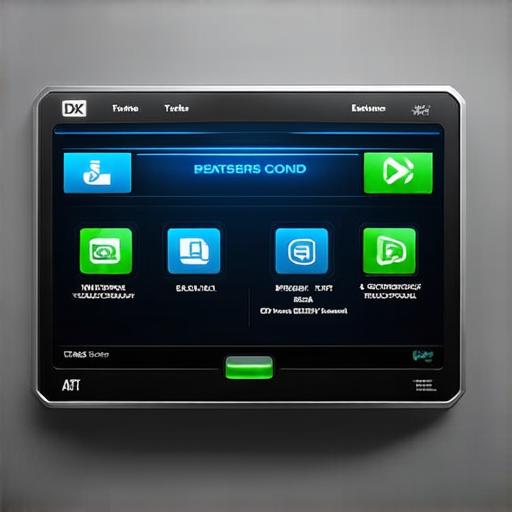Introduction
If you’re an iOS developer, enabling developer mode on your device is essential for unlocking advanced features and capabilities that can significantly boost your productivity. In this article, we will provide a step-by-step guide on how to enable developer mode on iOS 16.2, along with tips and tricks for using it effectively.
Enabling Developer Mode on iOS 16.2
Step 1: Go to Settings
To enable developer mode on your iOS device, first, go to the Settings app. This can be done by swiping down from the top-right corner of your screen or using the Control Center.
Step 2: Tap on About
Next, tap on the “About” option in the Settings menu. This will take you to a page with information about your device, including its software version.
Step 3: Scroll down and Tap on Build Number
Scrolled down until you find the “Build Number” section. This will display the version number of your operating system.

Step 4: Tap on Build Number Seven Times
Tap on the build number seven times in rapid succession. This will trigger a message asking if you want to enable developer mode.
Step 5: Enable Developer Mode
Tap “Enable” to turn on developer mode. You may be prompted to enter your passcode or Touch ID to confirm the change.
Using Developer Mode on iOS 16.2
Once you’ve enabled developer mode, you can start using its advanced features and capabilities. Here are some of the most useful ones:
- Debugging and Testing
- App Store Connect
- Screen Recording and Debugging
- Customization and Tweaking
- Security and Privacy
With developer mode enabled, you can debug and test your apps more efficiently. This includes setting breakpoints, stepping through code, and inspecting variables and memory usage. You can also use tools like Xcode to simulate different device configurations and network scenarios.
Developer mode provides access to the App Store Connect dashboard, where you can manage your apps’ metadata, pricing, and distribution. This includes uploading new versions, updating app icons, and setting up iTunes Connect accounts for paid apps.
Screen recording and debugging tools are also enabled with developer mode. This allows you to record user interactions with your app and analyze them for bugs or performance issues. You can also use these tools to troubleshoot crashes and other errors that may occur during testing.
Developer mode enables customization and tweaking of your device’s settings and features. This includes changing the wallpaper, adjusting screen brightness and contrast, and enabling features like Dark Mode and Low Power Mode. You can also use third-party apps to customize your device’s home screen layout and widgets.
Developer mode provides access to advanced security and privacy settings that may not be available in the regular Settings app. This includes enabling password protection for individual apps, restricting app access to specific devices or networks, and managing app permissions and data usage.
FAQs
1. Is it safe to enable developer mode on my iOS device?
Enabling developer mode on your iOS device is generally safe, as long as you are familiar with the advanced features and capabilities it provides. However, if you are unsure about using these features or don’t want to risk any potential issues, you can always disable developer mode again.
2. Can I enable developer mode on my iPhone without a computer?
Yes, you can enable developer mode on your iPhone without a computer by following the steps outlined above. However, some advanced features may require a Mac or other Apple device with Xcode installed.
